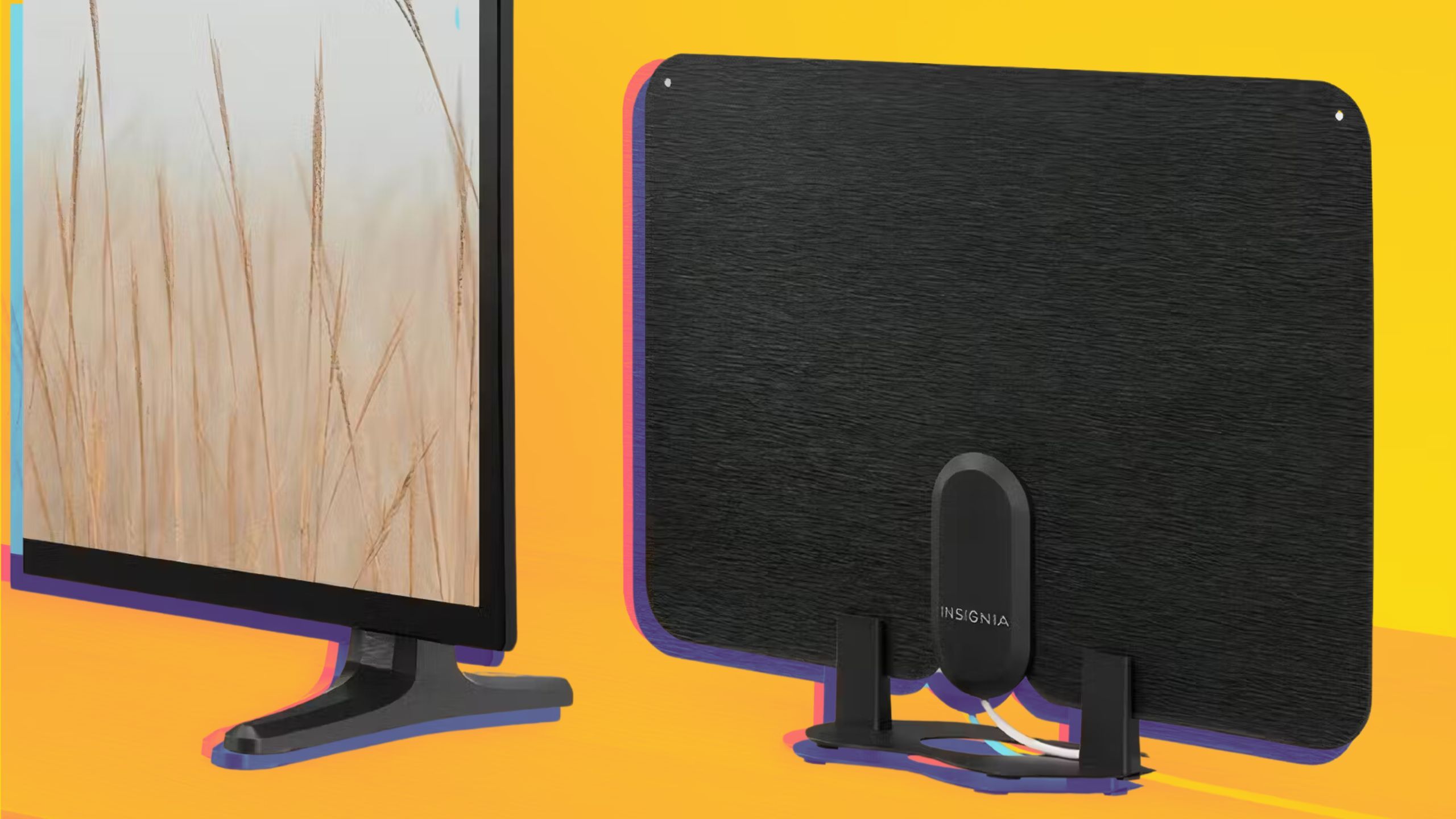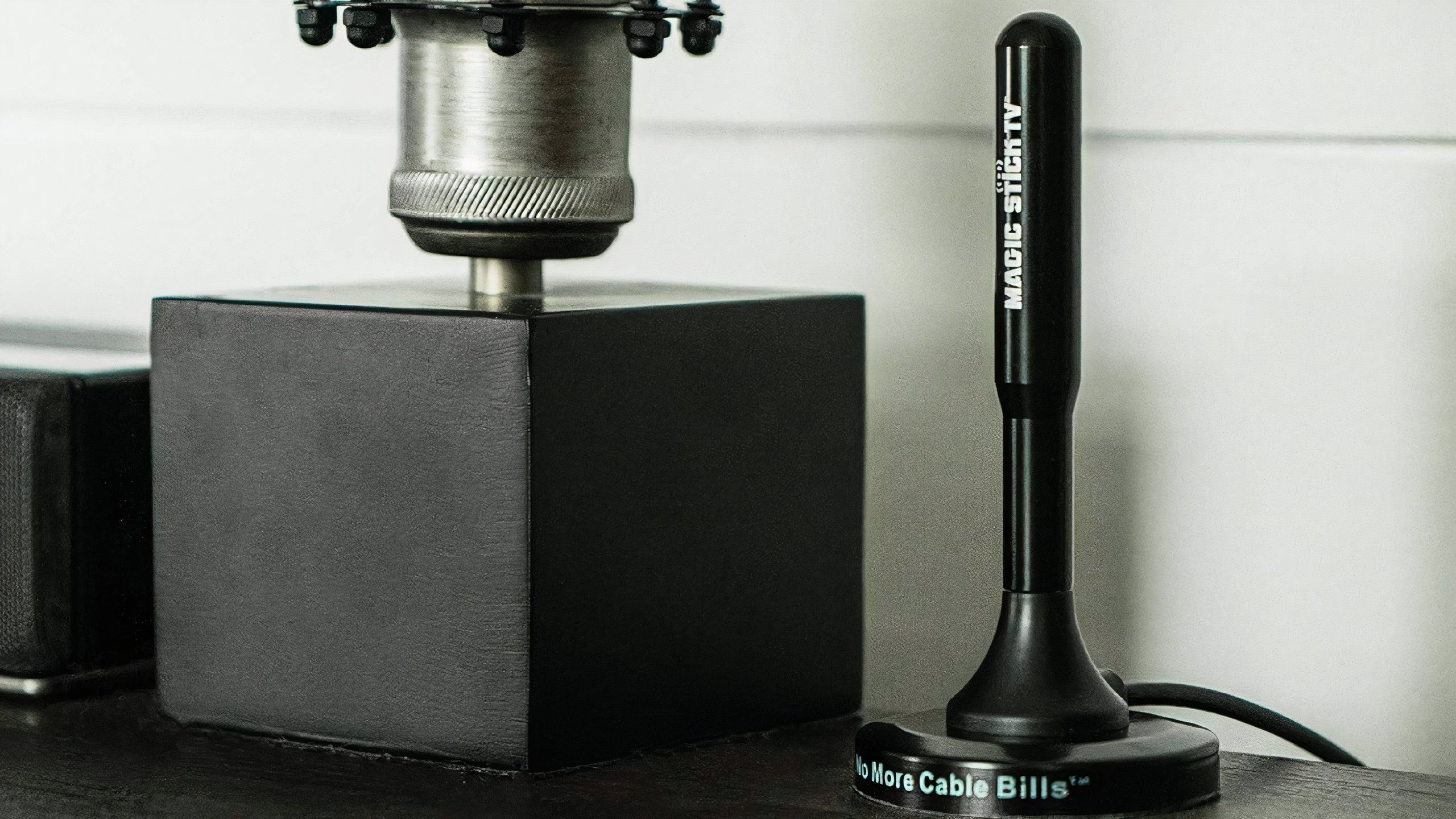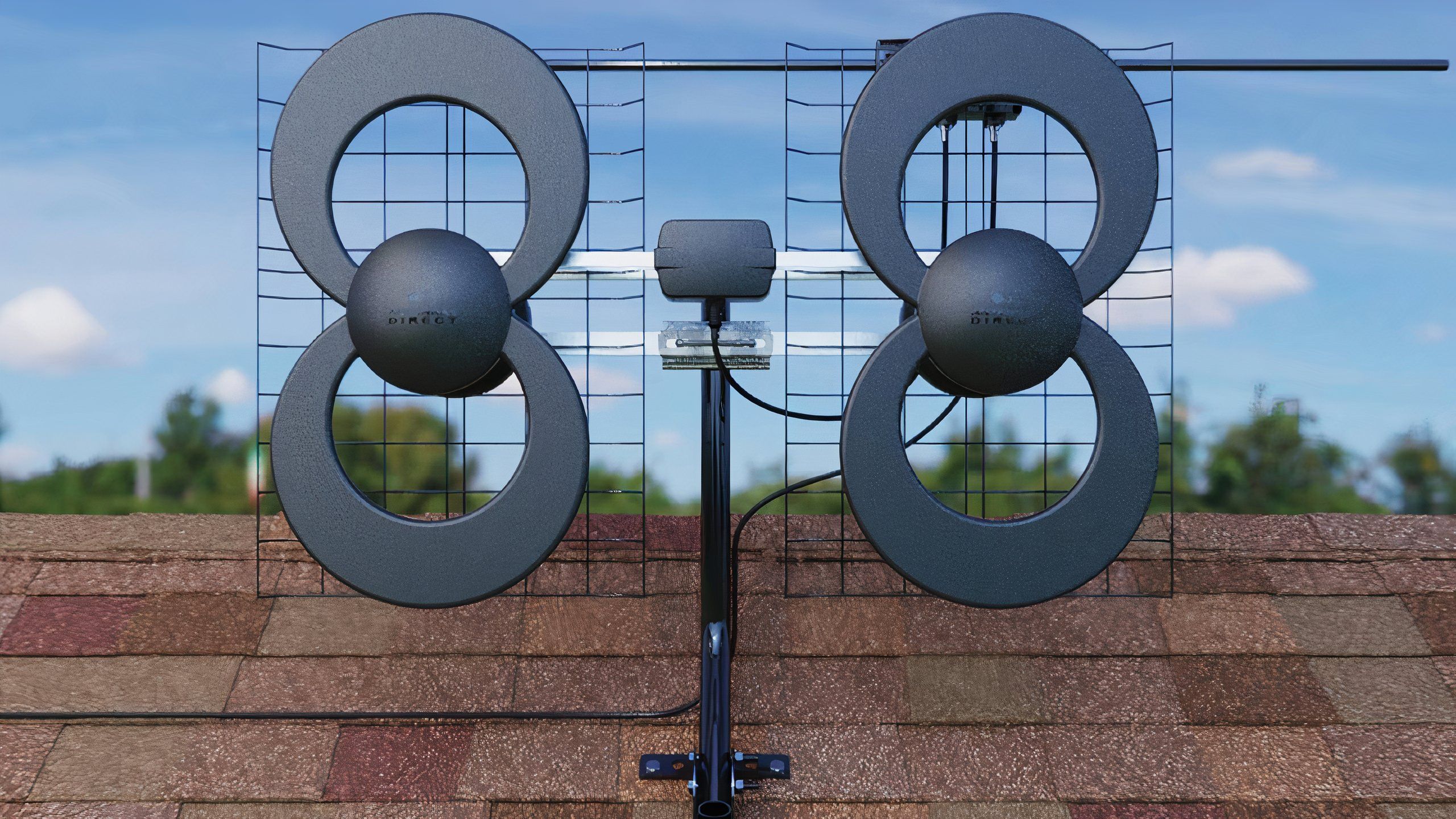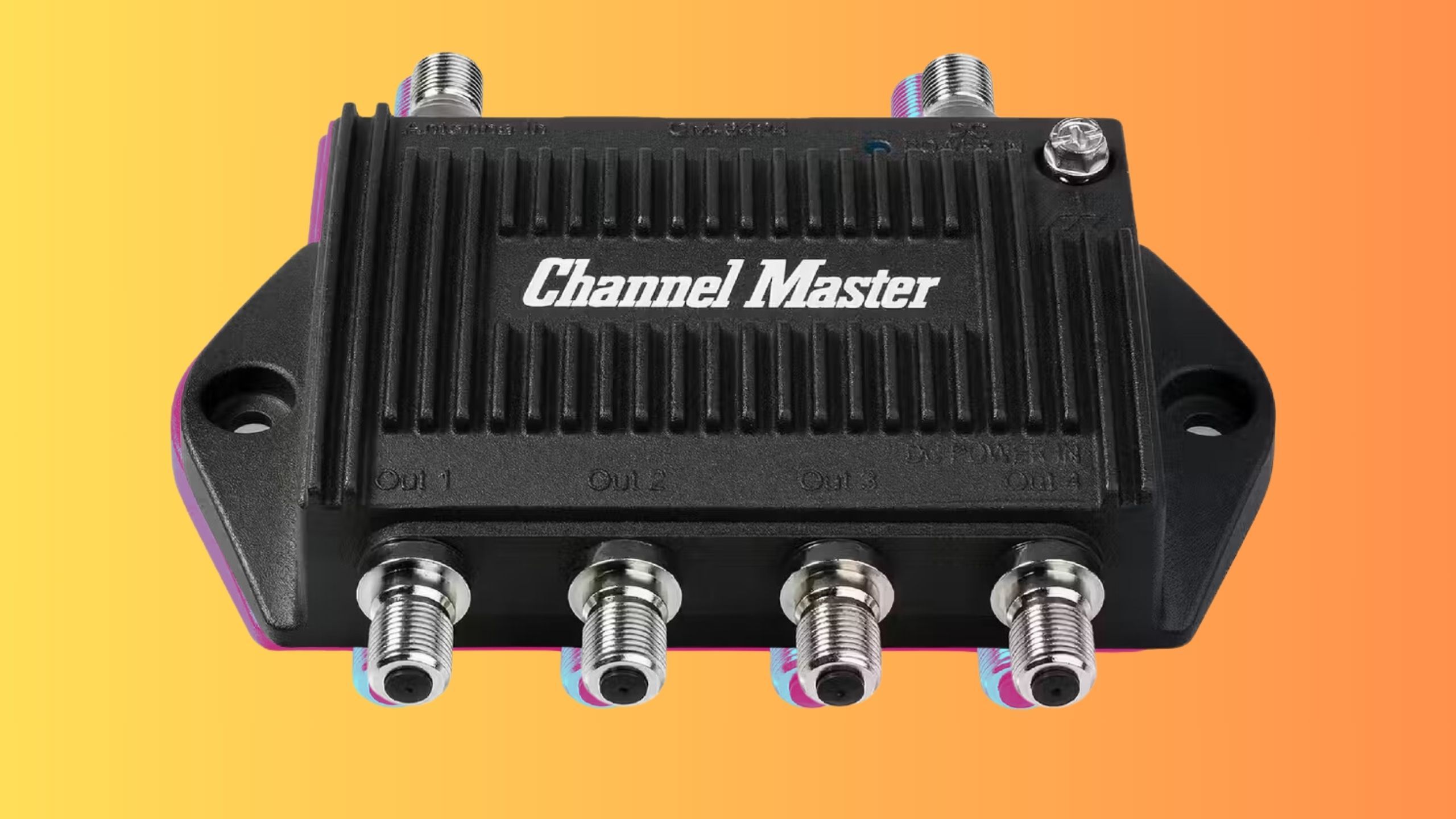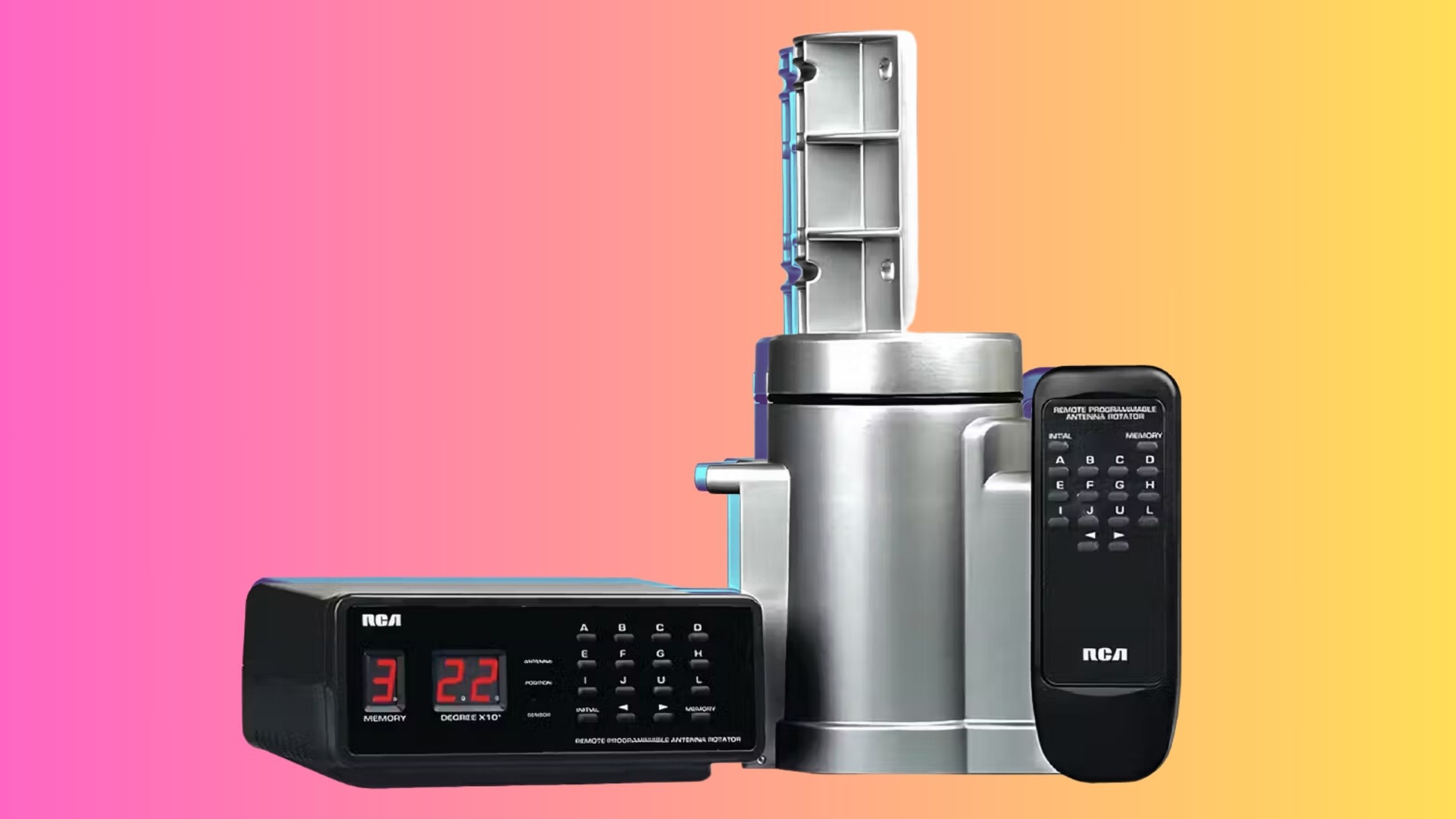Key Takeaways
- Move your TV antenna around during setup based on the instructions for optimal signal strength.
- Consider switching to an outdoor or attic antenna if an indoor one isn’t working due to interference.
- Use an antenna rotator to easily adjust the angle without constant trips to the attic or roof.
“Hello? Hello? Can you hear me? I don’t have service.” We’ve probably all been there with a phone call or video call before. Trying to connect to someone on the other end and just not being able to talk because your signal is poor. You may have tried taking Zoom calls from a coffee shop or walked to a different room of your house for a FaceTime call. Struggling to find a signal is incredibly frustrating and something you probably feel like you need to take action on immediately.
5 reasons why you should buy a smart TV antenna
Cut the cord on cable and get channels for free.
There may be parts of your home where the Wi-Fi doesn’t reach as well or your phone service isn’t great. If your router is in a completely different part of the house, the signal can drop or the web page could buffer and take a long time to load. Luckily, there are things that you can do to help save your phone call or Internet use and the same goes for getting a better signal for your TV antenna.
If you use an over-the-air (OTA) TV antenna to pick up channels, you know it relies on a good signal to do so. Transforming your TV watching experience by using a smart TV antenna is a smart move, but you want to make sure it’s the best it can be for you and your home. If you’re looking to get the channels as clear as they can be, you may need to boost your signal. Here’s how.
1 Move it around
This should happen during setup
Insignia/ Pocket-lint
As you’re installing your TV antenna, you should read the instructions and see where it says to place it. Some can be placed right next to the television for best use. Others may need to be mounted on a window or near the TV. There are also kinds of antennae that work best if they are outside or on the roof. Figuring out which is the best for your TV is a good start to setting it up.

Samsung’s new microLED TVs will cost you more than a Porsche
It’s going to be a while before microLED reaches the masses.
As you’re tinkering with the placement, you can see how the TV is picking up the signals by plugging it into your set through the coaxial cable that is used to connect the two devices. This will give you a live look as to how the signal is coming in and help you pinpoint where to ultimately install it.
2 Switch antennae
It might not be the right one for your situation
Magic Stick
If you have an antenna that is an indoor one, and it’s just not working well, it might be the way that your home is configured. This isn’t your fault, but it could be that there is interference in whatever room you have it in that is blocking the signal. The one you purchased may not work outside or in the attic, but that might be where you get the best signal. While it’s frustrating, it could be an easy way to solve your problem. Hopefully, you have an easy return policy on the original one. Once you do switch to an outdoor one or an attic one, make sure it is pointing in the right direction towards the broadcast tower as that will help ensure that the signal comes in clearly.
3 Level your outdoor antenna
This mostly matters for outdoor antenna
Antennas Direct
While you want to make sure that your indoor antenna isn’t tipping over or sideways, they typically are meant to be mounted or placed on a flat surface. The same is true for an outdoor antenna, which can be difficult if you are placing it on a shingled roof or in an attic with wood slats. These kind of antennae may not be omnidirectional, like indoor ones are, and may need to be pointed in the right direction to work best.
A TV antenna is typically meant to be mounted or placed on a flat surface.
You want to make sure that it is as level as possible, so that it doesn’t move from its position, which could throw off how well it catches the signal. As you’re installing it, you need to point the rod that is a part of the outdoor antennae in the direction of the broadcast tower. You can visit antennaweb.org to see which direction the closest tower is to your location to know which way to point it, and then keep it level in that direction.
Visit
antennaweb.org
to see which direction the closest tower is to your location to know which way to point your antenna.
4 Get an antenna amplifier
This is great for those away from towers
Channel Master/ Pocket-lint
For people in more rural settings who may not live close to a broadcast tower, getting an antenna that has an amplifier built into it or choosing a separate amplifier can boost the signal. Having an amplified antenna will help battle against bad weather, interference from other devices in your home like your oven or microwave, and difficulty finding a location for it.
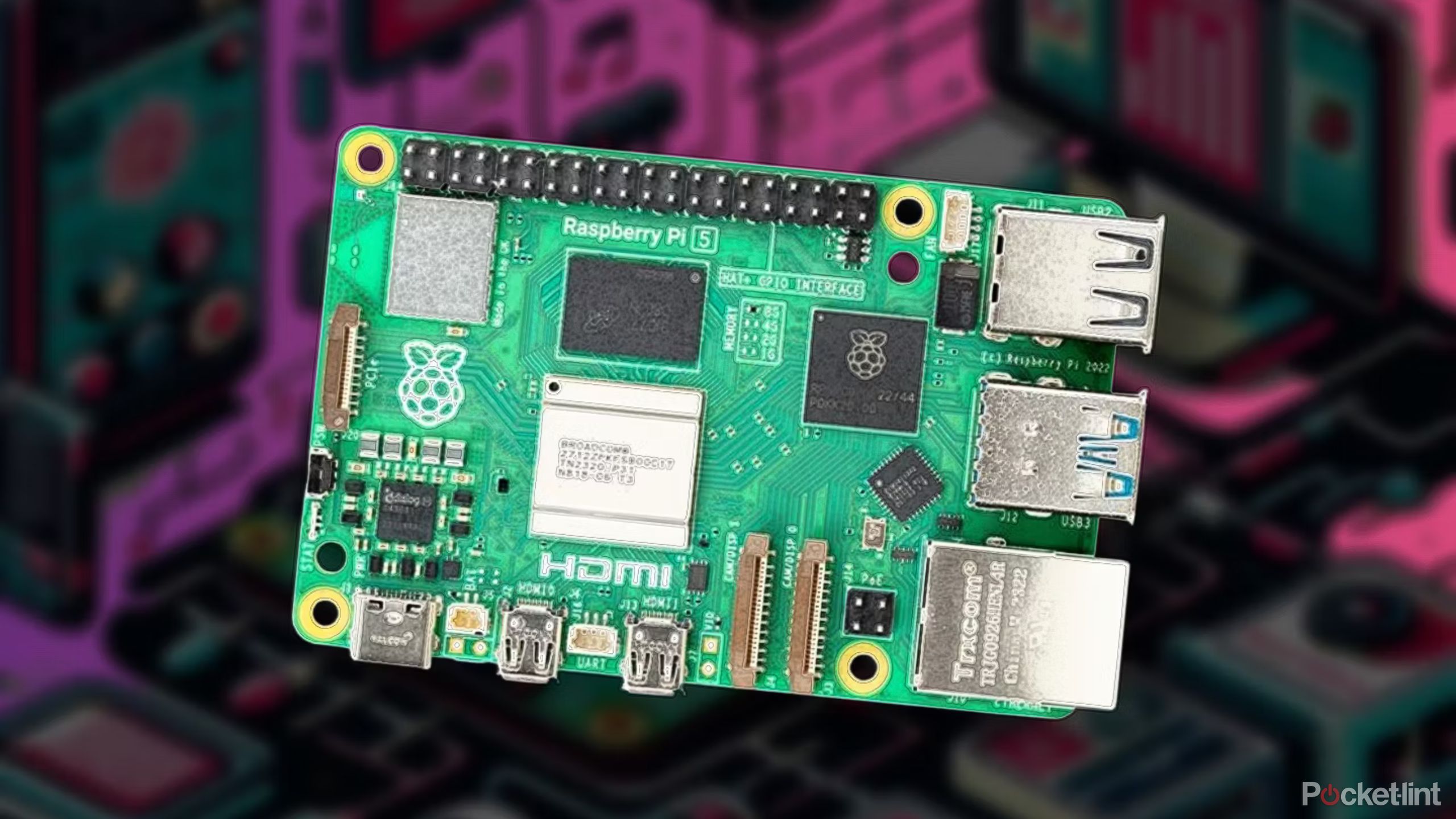
You can automate your smart home with just a Raspberry Pi — here’s how
A Raspberry Pi board can be powerful enough to run your entire smart home.
If you opt for a separate amplifier because you want to send the signal to multiple TVs, it will look like the above picture. The cable splitter will overcompensate for the fact that you are splitting the signals and boost the power to make sure that it comes in strong wherever you’re broadcasting.
5 Add an antenna rotator
Don’t keep going up to the attic
RCA/ Pocket-lint
If you have an attic or outdoor antenna, and you can’t quite seem to get the direction perfect every time, or there’s a huge storm and it knocked the antenna out of alignment, think about installing an antenna rotator. This comes with a remote control and allows you to adjust the angle of the antenna without having to go up to it. A rotator will save you a ton of time and help you avoid having to go up to the attic or the roof during a big game or in the middle of a storm.
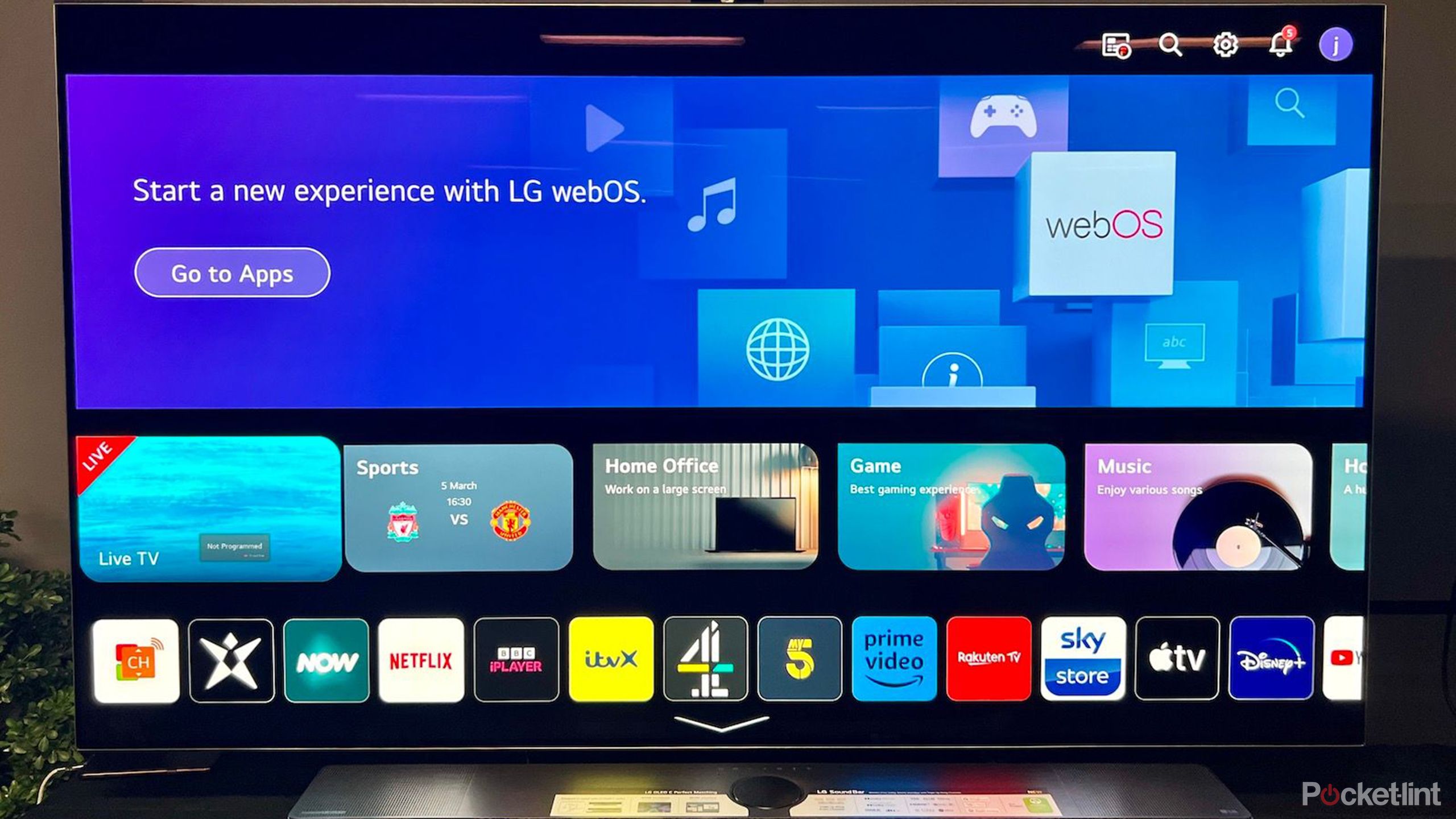
What do you really get from your smart TV’s free channels?
Commercials, ads, and tracking technology mean all the free perks comes at a cost.
You can set up to 12 channels for programming, so the antenna knows where to rotate for each specific channel. Then, you just press the button on the remote and it will rotate to that position. The display tells you which channel you’re currently watching and what the position of the antenna is while you’re using it. It’s easier to keep track of and eliminates endless trips away from the TV.
Trending Products

Cooler Master MasterBox Q300L Micro-ATX Tower with Magnetic Design Dust Filter, Transparent Acrylic Side Panel, Adjustable I/O & Fully Ventilated Airflow, Black (MCB-Q300L-KANN-S00)

ASUS TUF Gaming GT301 ZAKU II Edition ATX mid-Tower Compact case with Tempered Glass Side Panel, Honeycomb Front Panel, 120mm Aura Addressable RGB Fan, Headphone Hanger,360mm Radiator, Gundam Edition

ASUS TUF Gaming GT501 Mid-Tower Computer Case for up to EATX Motherboards with USB 3.0 Front Panel Cases GT501/GRY/WITH Handle

be quiet! Pure Base 500DX ATX Mid Tower PC case | ARGB | 3 Pre-Installed Pure Wings 2 Fans | Tempered Glass Window | Black | BGW37

ASUS ROG Strix Helios GX601 White Edition RGB Mid-Tower Computer Case for ATX/EATX Motherboards with tempered glass, aluminum frame, GPU braces, 420mm radiator support and Aura Sync


